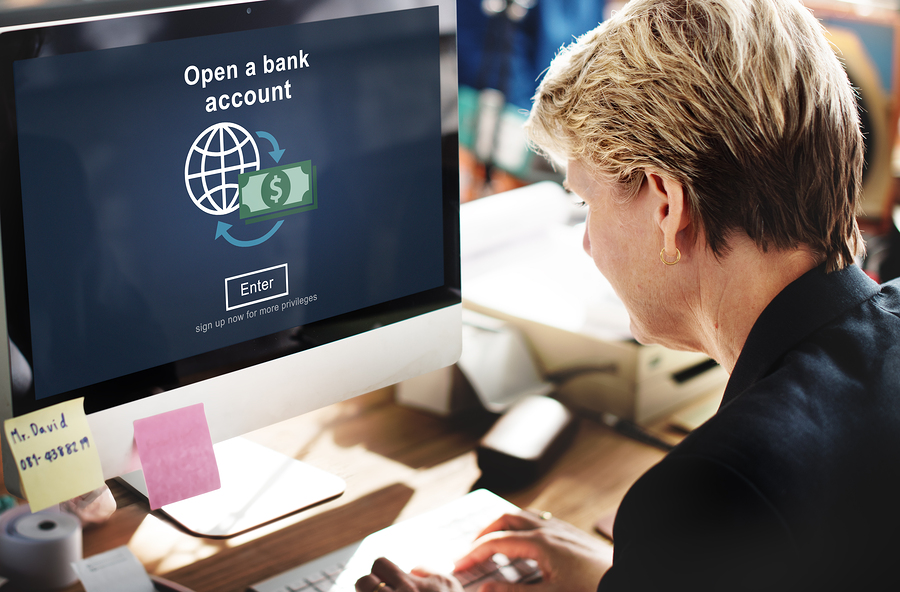Frictionless Payments in a Friction Filled World
 From blisters to brake squealing, unless you're trying to start a fire, friction is rarely a good thing. Friction, as a force, works directly against motion. This type of interaction is becoming a very popular reference when it comes to user experience, or how consumers interact with your products and services. People are busy, people are on the move, and anything that slows them down runs the risk of being abandoned and a better solution being sought. The same can be said for payments. If your members feel that they have to take more steps than necessary to transact with your credit union, then they will look for financial solutions elsewhere. So, how can you reduce friction for your members?
From blisters to brake squealing, unless you're trying to start a fire, friction is rarely a good thing. Friction, as a force, works directly against motion. This type of interaction is becoming a very popular reference when it comes to user experience, or how consumers interact with your products and services. People are busy, people are on the move, and anything that slows them down runs the risk of being abandoned and a better solution being sought. The same can be said for payments. If your members feel that they have to take more steps than necessary to transact with your credit union, then they will look for financial solutions elsewhere. So, how can you reduce friction for your members?
Remote Deposit
This has practically become a given with financial institutions, but providing members a way to quickly and easily deposit a check from their mobile device is a great step towards reducing friction. Going to the local branch can feel like a hassle. Cut out the trip and make it simple to deposit and pay from anywhere. Depending on your processor, you may even get the benefit of advanced image detection technology, which can cross-check against other deposited items to ensure you’re not accepting the same check twice.
In-App Bill Payments
When it comes to paying monthly bills, members typically have to visit the website of each service provider to make their payments. It requires different logins and passwords for each, as well. This is friction! With the right integrations to major bill pay providers, your members can have access to all accounts using a single mobile app.
Automatic Billing Updates
Another great feature tied to bill pay and reducing friction are automatic billing updates. If a member has a stolen or lost card, this service updates card-on-file data with merchants in real time, automatically. No need to sign in to each account and update payment. Your CU can handle that instantly. Not only does this save time and effort for the member, but it also prevents a missed payment and late fees.
Peer-to-Peer (P2P) Payments
If you really want to reduce friction, you need to enable your members to pay from wherever they are - physically and digitally. And peer-to-peer payments do that. One study estimates P2P mobile transactions will grow 27.9% over 2019, to hit $396.48 billion in 2020. That's a lot of payments. Using a core provider that can build your CU a mobile app with open API architecture to work together with merchants will help show your members that you care about their experience and making it as frictionless as possible.



